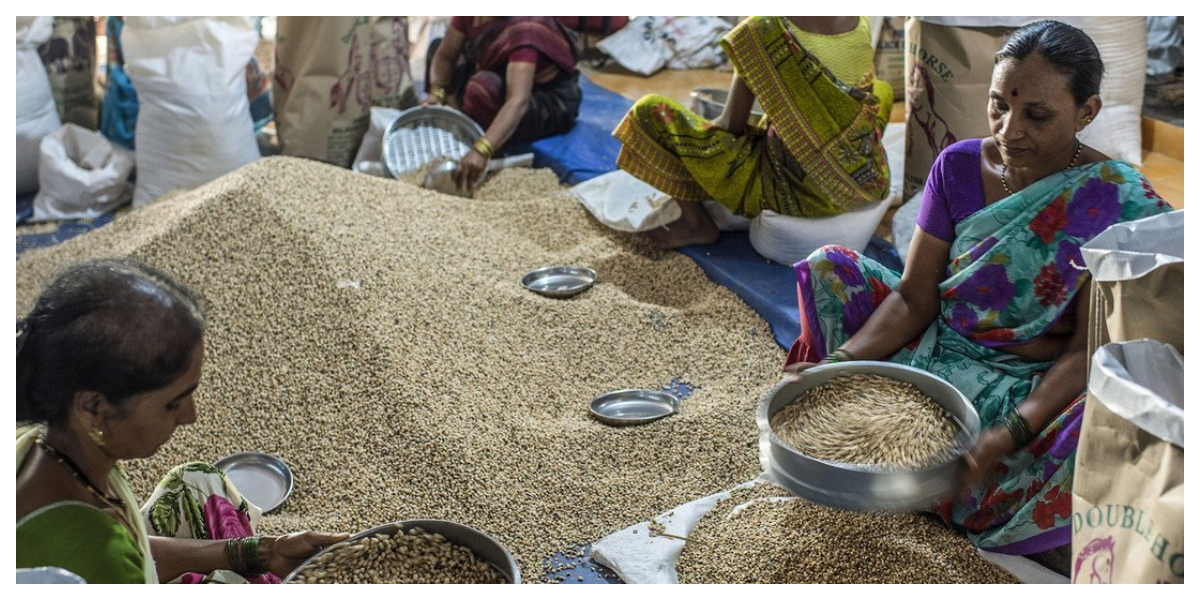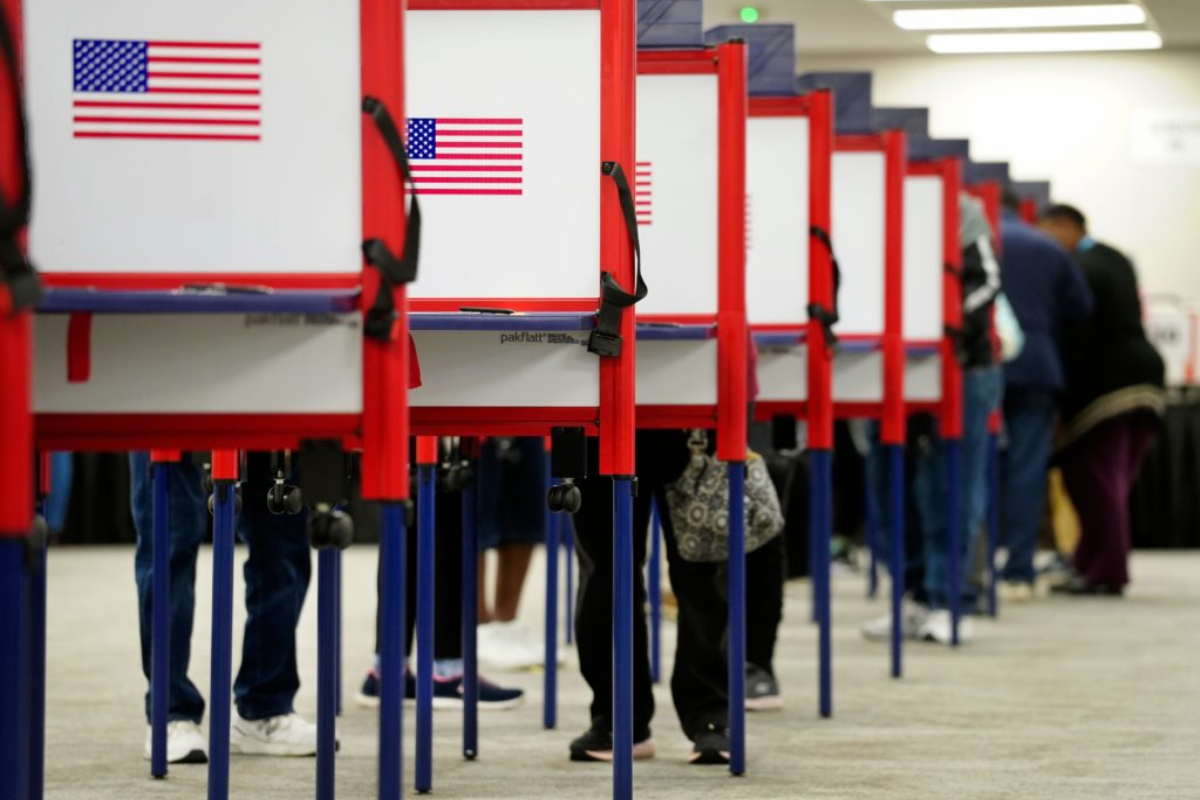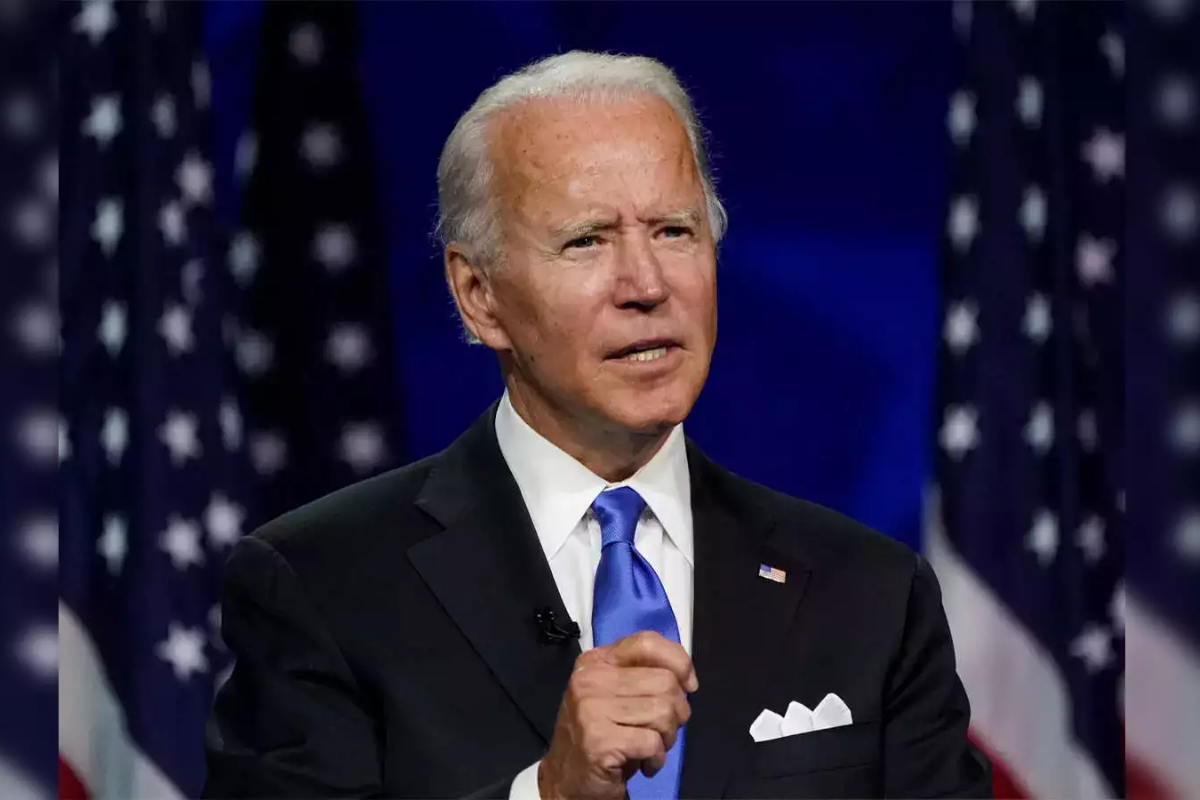- As cereal and grain prices rise due to the Ukraine conflict.
- The global food import bill was on track to set a new high of $1.8 trillion this year.
- Food-importing developing countries were “expected to register an increase”.
Poor countries are expected to bear the brunt of global food crises exacerbated by the Ukraine conflict, as they will be forced to pay more for less food, the UN warned on Thursday.
As cereal and grain prices rise due to the Ukraine conflict, the global food import bill was on track to set a new high of $1.8 trillion this year.
However, the Food and Agriculture Organization of the United Nations wrote in its latest Food Outlook that higher prices and transportation costs would account for the majority of the expected increase, rather than volume.
“Worryingly, many vulnerable countries are paying more but receiving less food,” the report said.
Read more: Russian envoy to the United Nations rushes out of a meeting in Ukraine over a European statement
The FAO calculated that the global food import bill was projected to rise by $51 billion from 2021, of which $49 billion reflected higher prices.
The least developed countries were anticipated to see a five-percent contraction in their food import bill this year.
But sub-Saharan Africa and net food-importing developing countries were “expected to register an increase in total costs, despite a reduction in imported volumes”, the agency said.
World production of major cereals was expected to decline in 2022 for the first time in four years, while global utilization was also seen down for the first time in 20 years, the FAO said.
Forecasts “point to a likely tightening of food markets and food import bills reaching a new record high” amid soaring input prices, weather concerns, and increased market uncertainties caused by the Ukraine war, said FAO economist Upali Galketi Aratchilage.
“These are alarming signs from a food security perspective, indicating that importers will find it difficult to finance rising international costs, potentially heralding an end of their resilience to higher prices.”





















